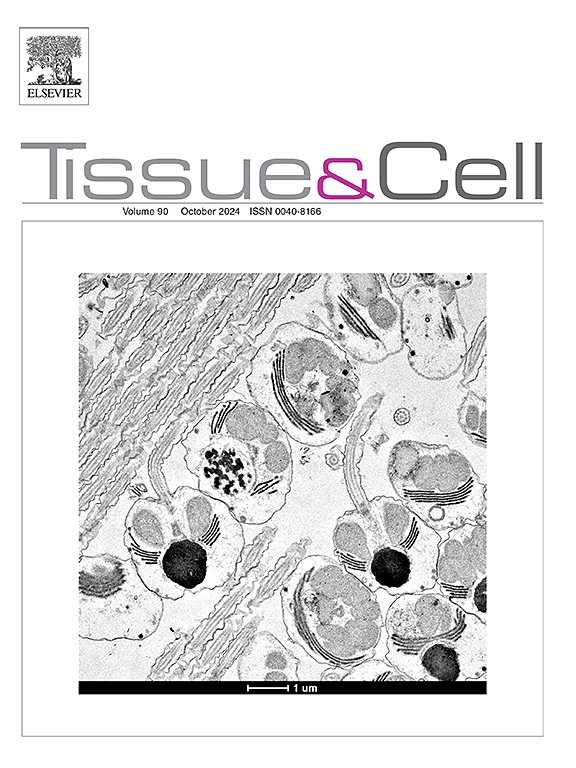微流控平台与技术在组织工程中的应用进展
IF 2.7
4区 生物学
Q1 ANATOMY & MORPHOLOGY
引用次数: 0
摘要
本文综述了微流体系统与技术在组织工程中的研究进展。通过这种方式,通过在组织工程的不同领域采用微流体学知识,组织工程已经发生了重大的转变。这种整合使得创造更精确地类似于人体生理条件的仿生环境成为可能。通过使用微流控平台,研究人员可以精确地操纵生物材料,并创建具有特定特征的复杂三维(3D)支架。本研究致力于阐明微流体系统与生产高质量水凝胶、精确血管网络、增强营养转移技术、控制水凝胶大小等技术之间复杂、迷人和改进的合作。这些化合物是组织工程支架制造的关键成分。通过阐明该接口的原理、技术、应用和进展,揭示了这种协同方法在推进再生、组织工程、医学和生物医学研究领域的广阔潜力。本文章由计算机程序翻译,如有差异,请以英文原文为准。
Advances in tissue engineering utilizing microfluidic platforms and techniques
This study aims to review the advancements in tissue engineering using microfluidic systems and techniques. In this way, tissue engineering has undergone a significant transformation through the employing of microfluidics knowledge in different areas of tissue engineering. This integration has made it possible to create biomimetic environments that more precisely resemble the physiological conditions of the human body. By using microfluidic platforms, researchers can manipulate biomaterials accurately and create complex three-dimensional (3D) scaffolds with specific characteristics. This research is devoted to illuminate the intricate, fascinating and improved collaboration between microfluidic systems and techniques such as produce high-quality hydrogels, precise vessel networks, enhanced nutrient transfer techniques, controlled hydrogel’s size have been studied. These compounds are key components in scaffold fabrication for tissue engineering. By elucidating the principles, techniques, applications and progress involved in this interface, the broadened potential of this synergistic approach in advancing the frontiers of regenerative, tissue engineering, medicine and biomedical research was uncovered.
求助全文
通过发布文献求助,成功后即可免费获取论文全文。
去求助
来源期刊

Tissue & cell
医学-解剖学与形态学
CiteScore
3.90
自引率
0.00%
发文量
234
期刊介绍:
Tissue and Cell is devoted to original research on the organization of cells, subcellular and extracellular components at all levels, including the grouping and interrelations of cells in tissues and organs. The journal encourages submission of ultrastructural studies that provide novel insights into structure, function and physiology of cells and tissues, in health and disease. Bioengineering and stem cells studies focused on the description of morphological and/or histological data are also welcomed.
Studies investigating the effect of compounds and/or substances on structure of cells and tissues are generally outside the scope of this journal. For consideration, studies should contain a clear rationale on the use of (a) given substance(s), have a compelling morphological and structural focus and present novel incremental findings from previous literature.
 求助内容:
求助内容: 应助结果提醒方式:
应助结果提醒方式:


